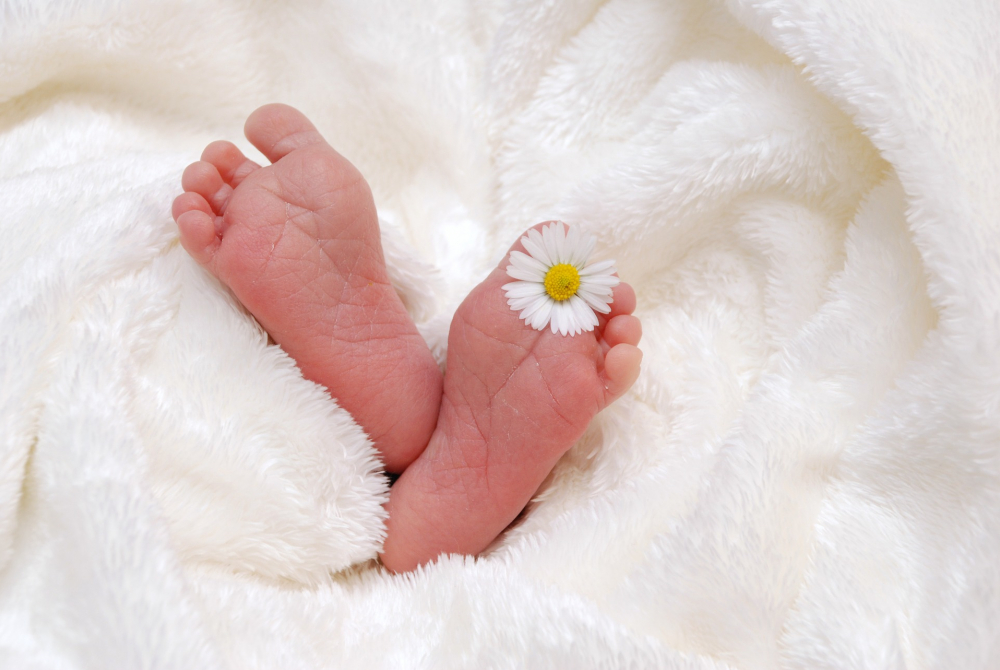
In 2008, Alaksandar Łukašenka said that Belarus needed a population of 30 million people. Fifteen years later, the country’s population is shrinking at an alarming rate. The government sounds the alarm but proposes ineffective solutions.
Belarus population declining
Belarus’ population decreased by 55,000 in 2022 to 9.2 million on January 1, 2023, the National Statistics Committee (Biełstat) said in July.
In two years, it fell by almost 150,000; and in five years – by almost 250,000. The population has been shrinking from 9.5 million in 2017.
Belarus has lost about one million people, or 10%, since the collapse of the Soviet Union in 1991.
In a reference to the decline, Alaksandar Łukašenka said on August 1, “The biggest problem for us is not the economic one, but the demographic one.”
Lvoŭski: A child has “two costs”
Experts have identified economic, social and political factors contributing to the decline.
Many young families cannot simply afford to have a baby. Personal and professional development prevents women from being “the keeper of the hearth” – the trend is observed all over the world.
In addition, political reprisals force Belarusians to emigrate or postpone long-term plans.
Speaking about socioeconomic aspects, Leŭ Lvoŭski, academic director of the Belarusian Economic Research and Outreach Center (BEROC), noted that parents pay “two costs” – daily financial expenses on “clothes, food and diapers” and time spent raising and educating children – “reading fairy tales, riding bicycles, and so on” – these hours are taken away from their professional careers.
To encourage childbirth, the state should help families cover both costs.
“Previously, the policy of the authorities was mainly limited to subsidizing the monetary costs of having a child with various allowances, preferential loans for housing, etc. These measures worked for a while, but in 2017 the system broke down,” Lvoŭski said.
Now, he said, it is time to allot some funds to compensate for the “cost of time.”
More sticks, fewer carrots and lot of propaganda
The problem of depopulation is too deep and systemic to be solved by linear methods. Lvoŭski said that a creative and comprehensive approach is needed to increase the birth rate.
On September 29, Łukašenka indicated that not all large families deserved state support. Families can be different and should be “carefully studied.” “We need to find a mechanism,” he said.
Having lived under the same government for almost thirty years, many Belarusians understood the remark as a poorly disguised intention to save money on children.
The government’s draft budget for 2024 confirms their suspicions. Along with the usual increase in funding for the law enforcement agencies it provides for an 11-percent reduction in spending on families with children.
The government is still trying to motivate Belarusians to have more children. With few practical measures in place, propaganda is abundant.
Natalla Kačanava, chairwoman of the Council of the Republic, is the mouthpiece of natalism propaganda. Defending “traditional values,” she says that “the most important thing” for a woman is to “give birth to Belarusians.” She fights against the notion of childlessness and believes that the average age of marriage in Belarus (27) is too high.
Of course, Kačanava is not alone in her fight against depopulation. Many high-ranking officials, including Łukašenka, emphasize the priority of women’s child-bearing role.
Traditionally, the authorities combine paternalistic rhetoric with direct threats. On September 12, Raman Sidarenka, of the General Prosecutor’s Office, unveiled a plan to introduce punishment for propagating “conscientious childlessness.”
More sticks, fewer carrots and a lot of propaganda – this is what the concept of demographic stability in Belarus seems to be at the moment.
In reality, population is less than 9 million
Scientists have calculated that to maintain the population at this level, the birth rate should be at least 2.1 children per woman.
The rate was the highest in 2016 (1.73), and the lowest – in 2020 (1.38). These figures generally correspond to indicators posted by other European countries.
Population ageing is also in line with general European trends. It increases the burden on the social security system and affects country’s long-term economic outlook.
Western countries address these problems by attracting migrants. Belarus, however, is an unpopular destination, which is well illustrated by the ongoing migration crisis at the border with the European Union.
Moreover, for many Belarusians their homeland is no longer a safe place to live. The 2020 postelection crackdown triggered a wave of emigration.
According to various estimates, 300,000 to 500,000 have left Belarus for political reasons in the last three years. The vast majority of them are not accounted for by the official statistics, so it can be argued that in reality Belarus currently has less than 9 million inhabitants.
Hienadź Koršunaŭ: Forecasts disappointing in light of reprisals
Social scientist Hienadź Koršunaŭ, a senior researcher at the Center for New Ideas, noted officials’ duplicity on emigration.
“On the one hand, the regime is happy to see all dissenters leave the country. Since 2020, the authorities have essentially been pushing them abroad through repression and violence. On the other hand, some officials seem to realize that emigration also means losses for the economy. As a result, the authorities are primarily interested in the economic aspect of the demographic problem,” Koršunaŭ told The Viewer.
According to him, officials understand the challenge, but can offer nothing but new prohibitions, total control and serfdom.
“In the modern world, the concept of conscientious parenthood is becoming more and more widespread,” he said. “People . . . think, calculate and plan. In today’s Belarus it is very difficult to plan anything”.
Referring to studies, Koršunaŭ said that half of the country’s population has a planning horizon of only a few weeks, while having children is a long-term process where issues of income, education, etc. come into play. “In Belarus, only 10 to 30 percent of the population plan their lives for several years. For the rest, it’s a luxury they can’t afford,” Koršunaŭ said.
He pointed out that Western countries have special programs aimed at stabilizing the population.
“These programs are complex, they pay a lot of attention not only to stimulating the birth rate, but also to attracting migrants – preferably with good human potential, similar culture, proper education, willingness to learn, develop and do business. In Belarus, the maternity capital, which the regime advertises in every possible way, is small in comparison with other countries.”
Koršunaŭ noted the lack of positive forecasts for Belarus for the near future. “Reprisals continue, and we can’t predict an imminent end to the wave of emigration. Perhaps, over time, this flow will slightly decrease – simply because everyone who has an opportunity will leave. At the same time, repressive practices are expanding and the regime is slipping into totalitarianism – with total control, surveillance and repression, which will continue to motivate Belarusians to leave the country,” Koršunaŭ said.
According to him, many “young people and middle-aged people who are weighing their options and want to realize themselves professionally” will leave Belarus.
“The population will continue to shrink and age, which will further increase the burden on the social sphere . . . The forecasts are, of course, very disappointing.”
Lvoŭski described the current demographic processes as “extinction.” According to his estimates, if the trend persists, by the end of the XXI century the population of Belarus may halve to just over four million people.



